Cavities (dental caries) are one of the most common dental diseases worldwide. Regardless of age, gender, or socioeconomic status, most people will experience some form of cavities at some point in their lives. While this condition is widespread, it can be entirely preventable through proper preventive measures. Effective cavity prevention does not rely solely on brushing, but includes dietary control, lifestyle changes, and regular dental check-ups. This article will discuss in detail how to effectively prevent cavities, covering basic oral care, dietary management, dental treatments, and various aspects of daily life.
1. Understanding the Formation of Cavities
1.1 Definition and Causes of Cavities
A cavity, or dental caries, occurs when the surface of a tooth is eroded by bacteria, leading to demineralization and softening of the tooth structure, eventually resulting in a hole. Bacteria in the mouth break down sugars from food and produce acids, which dissolve the minerals in the tooth enamel, causing damage. If this process is not addressed, it can eventually lead to the complete destruction of the tooth, forming a cavity.
The formation of cavities is linked to several factors, including:
- Bacterial Infection: Bacteria in the mouth, especially Streptococcus mutans, are the direct cause of cavities. These bacteria feed on sugars and convert them into acids that erode tooth enamel.
- Dietary Habits: High-sugar and acidic foods are major contributors to cavities. Sugar and starches provide a rich food source for bacteria, leading to acid production.
- Poor Oral Hygiene: Without proper oral care, bacteria and food debris accumulate on the teeth, forming plaque, which further promotes cavity formation.
1.2 Types of Cavities
Dental professionals typically classify cavities into different stages based on their severity:
- Early Cavities: These are usually confined to the enamel and are often characterized by white spots or slight demineralization. Early cavities can often be reversed with proper oral hygiene and fluoride treatments.
- Moderate Cavities: At this stage, the cavity has penetrated the enamel and affected the dentin, creating small holes. There may be mild pain or sensitivity, especially when consuming hot, cold, or sweet foods.
- Advanced Cavities: The cavity has now reached the pulp (the nerve center of the tooth), causing severe pain and infection. Treatment typically involves root canal therapy or tooth restoration.
1.3 The Development Process of Cavities
The formation of cavities typically occurs in several stages:
- Demineralization Phase: When bacteria in the mouth break down sugars, they produce acids that dissolve minerals in the enamel. This causes early signs of tooth decay, such as white spots.
- Cavity Formation: If demineralization continues, the enamel structure will break down, leading to small holes or cavities in the tooth.
- Dentin Involvement: As the cavity progresses, it may penetrate the enamel and affect the dentin, causing pain, especially with temperature changes or sweet foods.
- Pulp Infection: If left untreated, the cavity may extend into the pulp of the tooth, leading to severe pain and infection, requiring more invasive treatment.
2. The Importance of Oral Hygiene
2.1 Correct Brushing Techniques
Brushing is the most fundamental and crucial step in cavity prevention. Proper brushing removes plaque, food particles, and bacteria from the teeth, preventing the formation of cavities.
- Brushing Frequency: Brush your teeth at least twice a day, in the morning and before bed, for two minutes each time.
- Proper Brushing Technique: Use a soft-bristled toothbrush and fluoride toothpaste. Employ small, circular brushing motions and avoid brushing too hard, which could damage the gums and enamel.
- Toothbrush Replacement: Change your toothbrush every three months to maintain effective cleaning and prevent worn bristles.
2.2 The Importance of Using Dental Floss
Dental floss is essential for cleaning between the teeth, where a toothbrush cannot reach. Using floss helps remove food debris and plaque, reducing the risk of cavities and gum disease.
- Use dental floss at least once a day, especially before bedtime, to ensure the spaces between your teeth are clean.
- Use proper flossing techniques to avoid damaging the gums or causing discomfort.
2.3 Regular Dental Check-ups and Cleanings
Regular dental check-ups and professional cleanings are vital for the early detection of cavities and other oral health issues. A dentist can identify early-stage cavities and provide timely treatment or preventive recommendations.
- Schedule a dental check-up and cleaning every six months to maintain optimal oral health.
- Professional cleaning helps remove tartar and plaque, preventing further decay and gum disease.
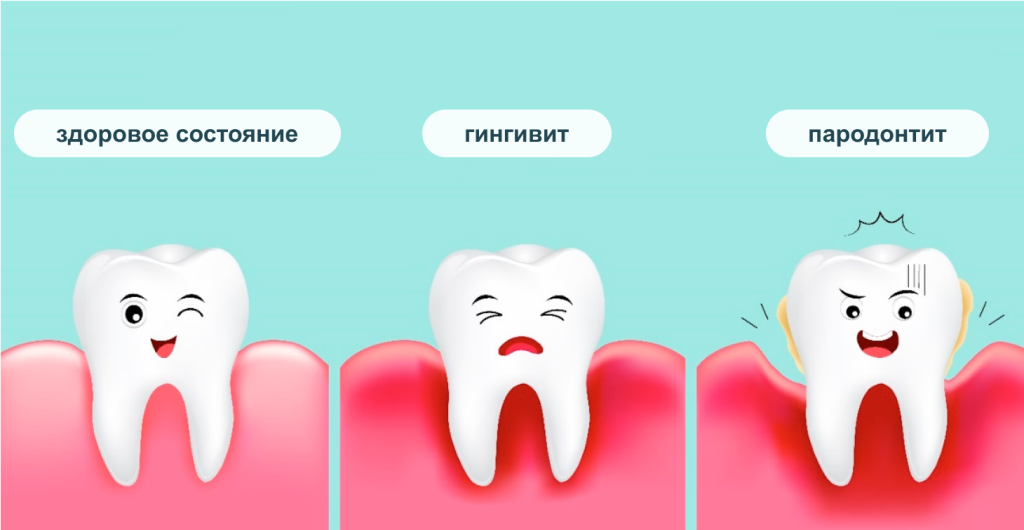
3. The Relationship Between Diet and Cavities
3.1 Sugars and Acidic Substances in Foods
Sugar and starches are the primary culprits in cavity formation. Bacteria in the mouth use these sugars as food, producing acids that erode tooth enamel. Foods and drinks that are high in sugar and acidity, such as sodas, candies, and fruit juices, are particularly harmful to teeth.
3.2 How to Avoid Excess Sugar Intake
- Reduce Sugar Consumption: Avoid excessive intake of sugary foods and drinks, such as candy, soft drinks, and fruit juices.
- Clean Your Mouth After Eating: After consuming sugary foods, brush your teeth or rinse your mouth to reduce the amount of sugar left in the mouth.
3.3 Foods Beneficial to Oral Health
- Calcium-Rich Foods: Calcium helps strengthen the enamel, reducing the risk of demineralization. Dairy products, leafy greens, and nuts are great sources of calcium.
- Foods Rich in Vitamin C: Vitamin C supports gum health and helps prevent gum bleeding. Foods like oranges, lemons, and strawberries are rich in vitamin C.
- High-Fiber Foods: Fiber-rich foods like apples, carrots, and celery stimulate saliva production, helping to clean the teeth and reduce bacterial growth.
4. Dietary Control and Cavity Prevention
4.1 Choosing the Right Foods
In addition to reducing sugar intake, it’s important to choose foods that promote oral health. Eating more fiber-rich vegetables, fruits, and whole grains helps clean the teeth naturally and provide essential nutrients for dental health.
4.2 Improving Eating Habits
- Eat Regular Meals: Avoid snacking frequently, especially on sugary or acidic foods.
- Control Meal Timing: Aim to have balanced meals and avoid eating snacks immediately after meals, which could lead to prolonged acid exposure in the mouth.
4.3 Controlling Snack Consumption
- Limit Snacks: Frequent snacking increases the amount of time your teeth are exposed to acids and sugars.
- Choose Healthy Snacks: Opt for nuts, cheese, and raw vegetables instead of sugary snacks.
5. The Relationship Between Lifestyle and Cavities
5.1 Smoking and Oral Health
Smoking not only causes bad breath but also accelerates tooth and gum damage, increasing the risk of cavities and periodontal disease. Smoking reduces saliva production, which is essential for neutralizing acids in the mouth and protecting against bacterial growth. Quitting smoking is a crucial step in maintaining oral health.
5.2 Keeping the Mouth Moist
Saliva is important for keeping the mouth clean and neutralizing acids. It helps remove food particles and bacteria, protecting the teeth from cavities. Staying hydrated by drinking water is important for maintaining oral moisture, especially when consuming alcohol, coffee, or tobacco, which can dry out the mouth.
5.3 Preventing and Treating Dry Mouth
Dry mouth (xerostomia) occurs when there is insufficient saliva, leading to a higher risk of cavities and oral infections. To prevent dry mouth, drink plenty of water, use saliva substitutes, and regularly check for oral health.
6. Strategies for Preventing Cavities in Children
6.1 Managing Baby Teeth Health
Baby teeth are essential for chewing and speech development in children. Therefore, protecting them is important. Parents should ensure their children’s oral hygiene by cleaning
their teeth regularly, especially when children are too young to do it themselves.
6.2 Feeding Habits and Children’s Oral Health
Avoid letting babies or young children suck on bottles or sugary treats for extended periods, and control their sugar intake. Proper feeding habits will help prevent cavities from forming in primary teeth.
6.3 The Importance of Pediatric Dental Check-ups
Regular dental check-ups for children help identify potential issues early, preventing the development of severe cavities. Children should start visiting a dentist at the age of 3 to ensure good oral health.
7. Dental Treatments and Cavity Prevention
7.1 Early Detection and Treatment of Cavities
Regular dental check-ups help identify early signs of cavities. At this stage, cavities can often be treated with fillings, fluoride treatments, or preventive care, preventing further damage.
7.2 Fluoride Treatments and Sealants
- Fluoride Treatments: Fluoride helps strengthen the enamel and resist acids, reducing the risk of cavities. Fluoride varnish or gels are often applied to the teeth during dental visits.
- Sealants: Dental sealants can be applied to the chewing surfaces of teeth, especially molars, to protect them from bacteria and food particles that lead to cavities.
7.3 Regular Teeth Cleanings and Preventive Care
Regular professional cleanings remove tartar and plaque, preventing cavities and gum disease. Dentists may also apply preventive treatments like fluoride or sealants to reduce the likelihood of future cavities.
8. Modern Technologies in Cavity Prevention
8.1 Laser Treatments for Early Cavities
Laser technology can treat early-stage cavities without the need for drilling, making it a less invasive and more comfortable option for patients. Laser treatments remove decayed tissue while preserving healthy tooth structure.
8.2 Advances in Dental Protective Materials
New materials in dental treatments, such as enamel repair substances and light-cured filling materials, help protect teeth from cavities and repair early-stage damage.
8.3 Innovations in Oral Health Management
Technological advancements such as smart toothbrushes that track brushing habits and artificial intelligence in early cavity detection are revolutionizing oral health care, enabling better prevention and treatment strategies.
9. Conclusion and Recommendations
Preventing cavities requires a comprehensive approach that combines good oral hygiene, proper dietary habits, regular dental visits, and early intervention. By adopting a preventive mindset, individuals can effectively protect their teeth and maintain optimal oral health. It is crucial to stay informed and make conscious efforts to adopt habits that reduce the risk of cavities.

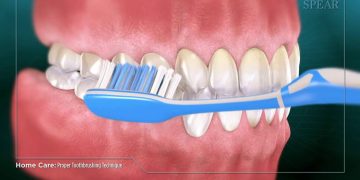
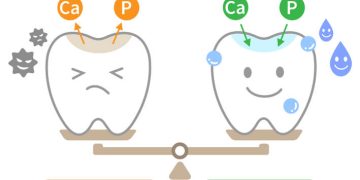
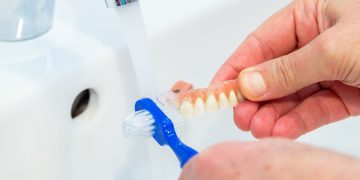




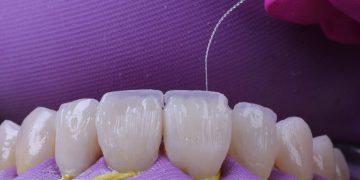
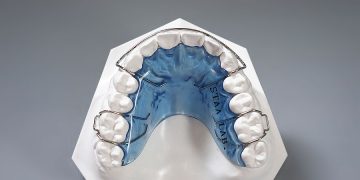

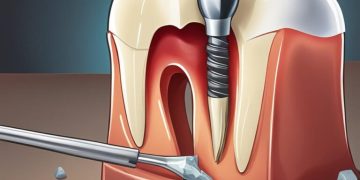





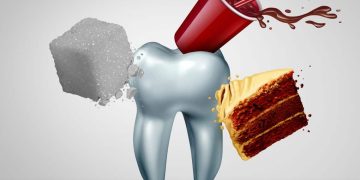







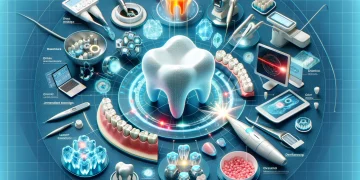



















Discussion about this post